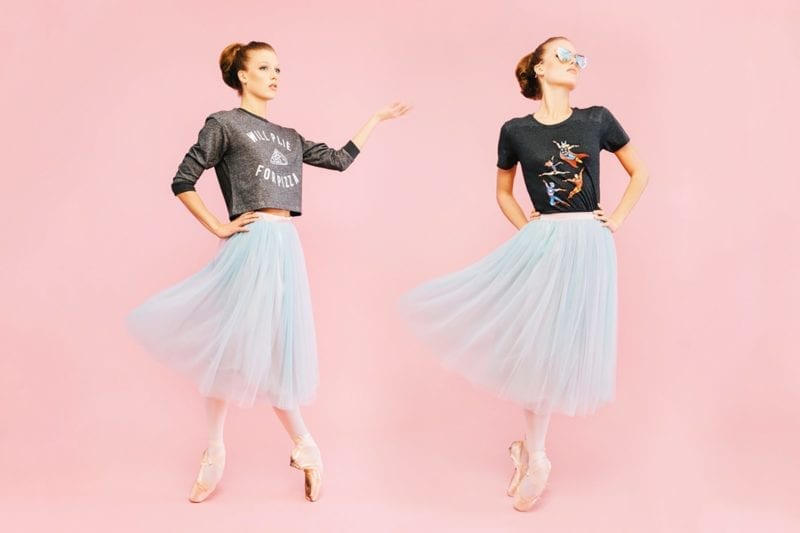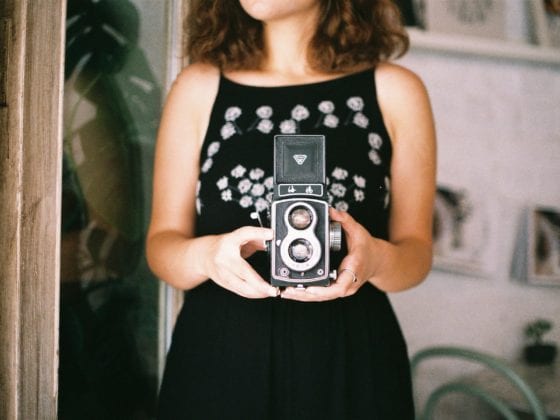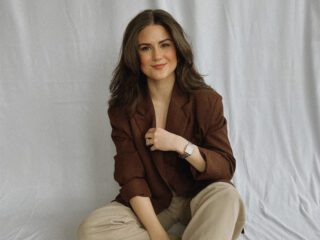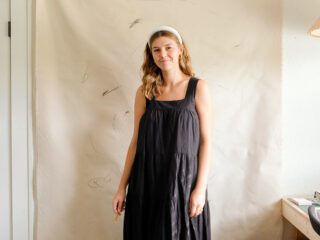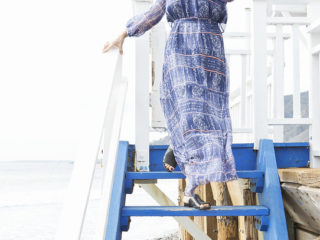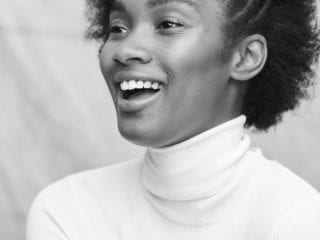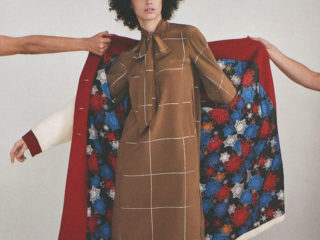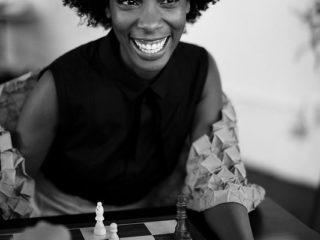Little girls everywhere fall asleep to visions of sugar plum fairies twirling in tulle skirts and leaping under bright stage lights. Ballet schools are filled with budding ballerinas who dream of taking the stage themselves one day as the Swan Queen from Swan Lake or Aurora from Sleeping Beauty. But more often than not, these childhood dreams fall to the wayside and become obsolete as age and maturity bring about new desires and dreams. The fairytale of being a professional ballerina is met with a harsh reality of hours of intense training and sacrifices made in order to be successful in such a demanding art form.
But for some, the dream never fades and the challenge and commitment of training is met with fierce determination.
Professional ballerina Keenan Kampa is one of these select few. Her unique story is both inspiring and motivating for any young girl or woman pursuing an unconventional or challenging career. After becoming familiar with her work and seeing Keenan star in the recent film, High Strung, we knew we wanted to know more about her story. And the more we learn about her, the more we admire her incredible accomplishments, and are inspired by her passion, drive, and kindness.
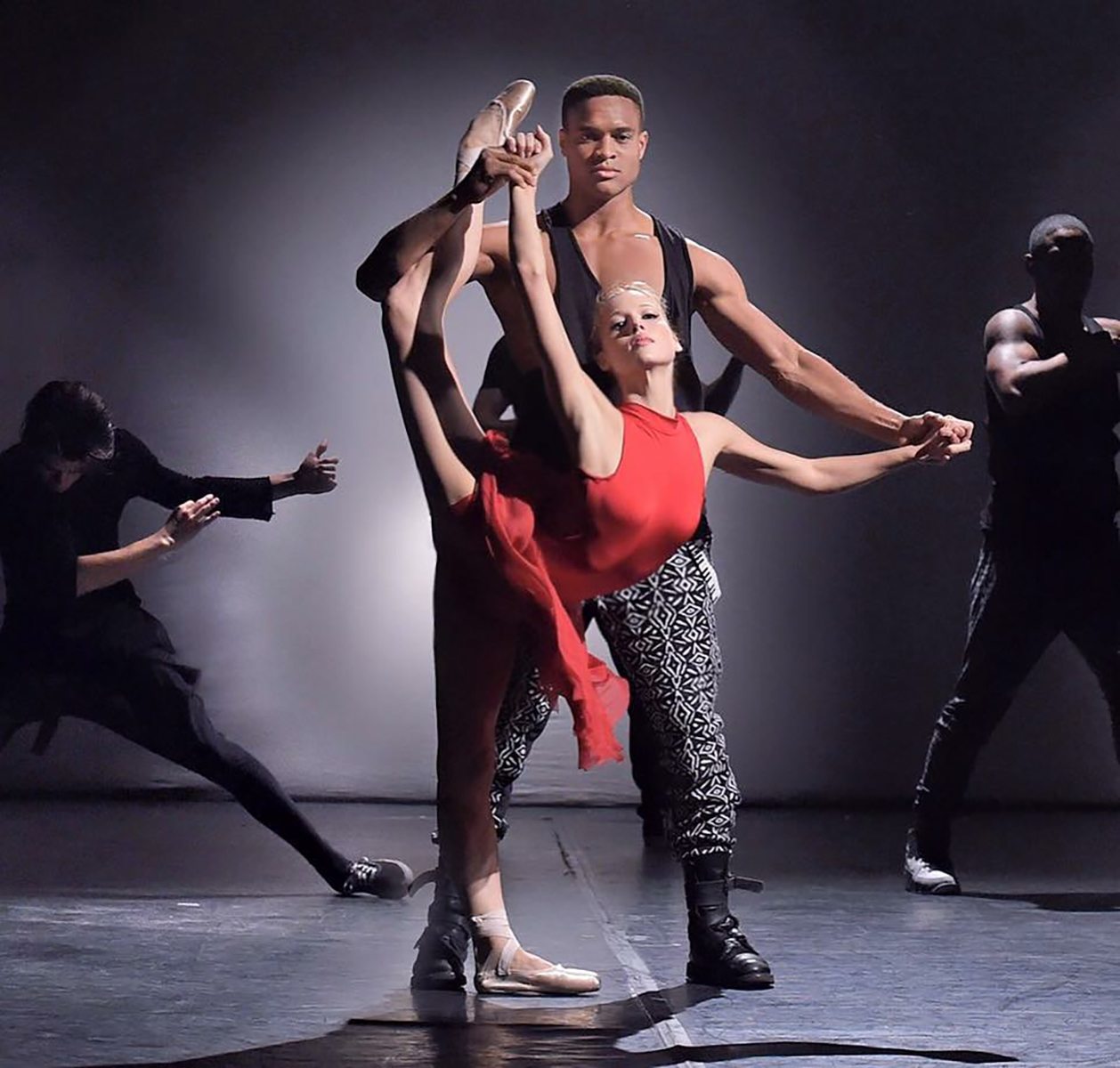
Keenan broke new ground when she was invited to study at the world-famous Vaganova Academy in St. Petersburg, Russia, making her the first American dancer to be invited to do so. The Vaganova Academy was established in 1738, and over the years has boasted an extensive list of famous graduates, many of whom are considered to be the most famous dancers in history. After years of training, Keenan again made history when she was offered a job dancing for the Mariinsky Ballet, becoming the first American to receive such an honor. Her extensive list of roles range from classical to contemporary, including prestigious principal roles that put her in the company of some of the most famous dancers of our time.
However, Keenan identifies as more than just a ballerina. She’s thoughtful and intentional about the way she treats her body in a world saturated with stereotypes of overly thin, unhealthy women. This commitment to her health has even led her to pursue a degree in sports medicine. Keenan is also opening the door to an exciting new chapter of her professional career as she begins work as an actress.
In the movie High Strung, Keenan stars as the role of Ruby, a classical dance student at the Manhattan Conservatory of the Arts who meets a struggling violinist playing outside of the subway. Sparks fly and they work together to enter a dance competition that changes their lives. As a dancer of her caliber, Keenan brings ownership to this role and proves that she is a force to be reckoned with not only on stage, but also on screen.
We had an opportunity to chat with Keenan, who gave us a backstage peek into her journey towards becoming a professional ballet dancer, and her life outside of the studio:
DM: When did you first start your journey towards becoming a professional ballerina? Were you passionate about ballet from a young age?
Keenan: To be honest, I never really thought I was going to end up dancing professionally. As a kid, my passions and interests were all over the place. I convinced myself I was going to be the first female Major League Baseball player, a communicable disease doctor, a ballerina, a Gold medalist decathlete, an actor, and even a monster truck driver at one point.
My mother put me into ballet when I was four along with my sisters. It was fun, interesting, and exciting and something we did together as sisters. It wasn’t until I was 14 that things with ballet started to get serious.
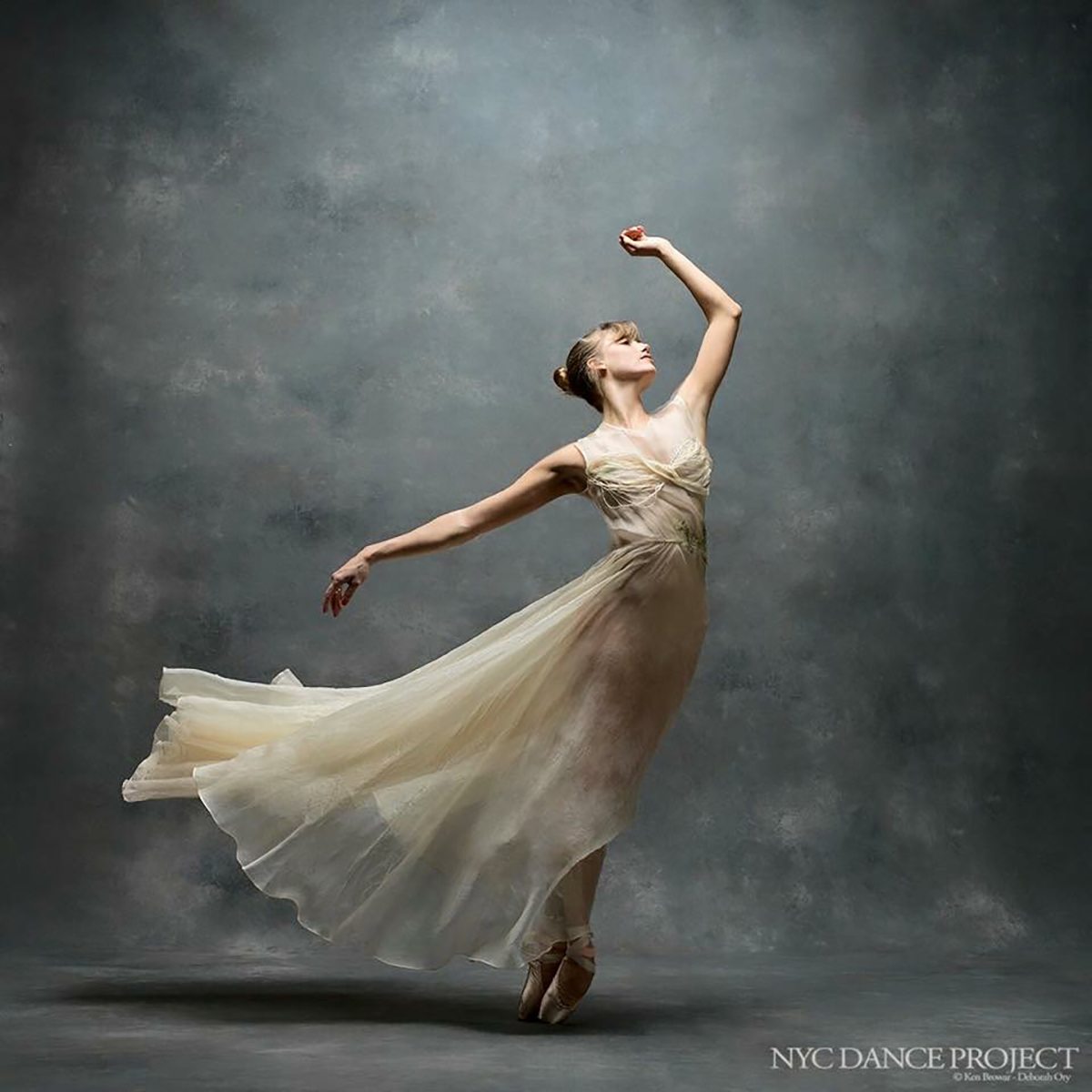
DM: Tell us a little bit about your experience training at the Vaganova Academy in St. Petersburg. What was it like to transition into a different country and culture at such a young age?
Keenan: Everything about my transition into that school and country was difficult. Everything was foreign, uncomfortable, and felt almost hostile. I remember being so overwhelmed that I just had this perpetual feeling of numbness. The school itself — the discipline, the work load, the concentration, the demand for perfection was one aspect — then living on my own in Russia, not speaking the language, not having people to really talk to, the food, no wifi…was another. It was more than a culture shock.
Despite the hardships, the privilege of being invited to study there was more than enough to keep me focused. I was honored to be let into such a historic and almost sacred school. My time there was precious and invaluable; I wanted to soak up as much knowledge as I could and to push myself each day to work harder than I ever thought possible. After three years of working, learning, and adjusting I fell in love with the people, the country, my school. It felt like home.
DM: Tell us about a highlight from your time with the Mariinsky Ballet. Was there anything that was particularly challenging during this time as well?
Keenan: My time at Mariinsky was completely different from my time at Vaganova. Having already lived in Russia, having learned the language and having gone through the school system, I imagined it would be easier. However, a working environment is an entirely new place and a new beast. I joined at a uniquely opportune time: a handful of the main female dancers had taken maternity leave so I was given many incredible opportunities to dance soloist and principal roles right from the start. I was given a superstar coach and really poured my heart and soul into my work. However, while there were many wonderful people in the Theater, there were also those who didn’t like that I was there. It was a very lonely time for me.
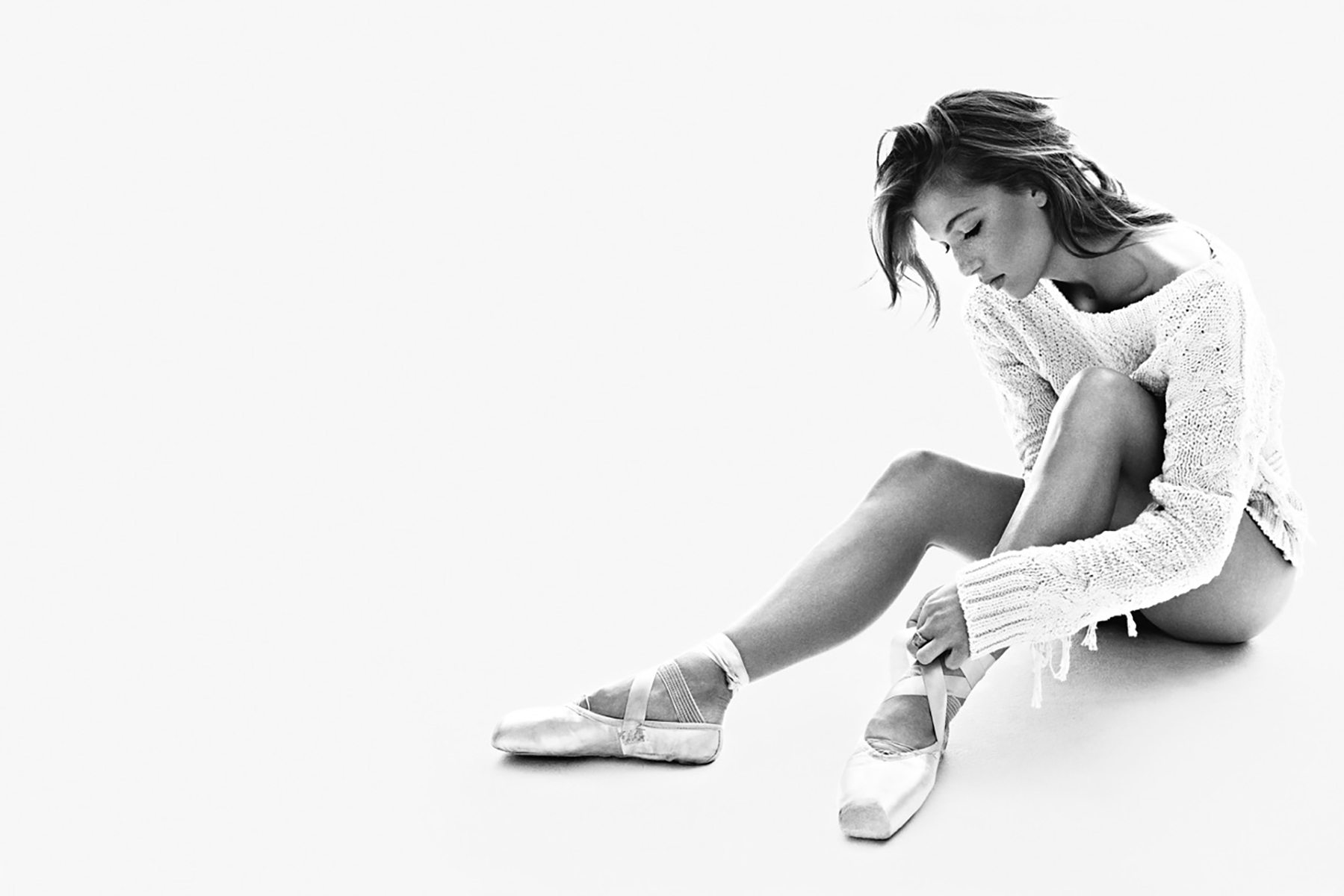
DM: There are a lot of stereotypes surrounding ballerinas and body image. How have you seen the ballet community evolve in regards to diversity of dancers and body types? What is your personal approach to keeping your body healthy and strong within such an athletic profession?
Keenan: Oh this is an issue very dear to my heart! I wish I could say the ballet world is evolving, and I think there are people who are taking steps in the right direction, but I think until this mentality changes in the people up at the top, dancers will continue to feel these pressures. Directors and coaches need to encourage dancers to eat foods that help fuel their bodies and enhance their performances- not to deprive and starve themselves! I think that as an athlete you have to be aware of everything you put into your body — it’s your instrument and you have to not only take care of it, but treat it like a precious gift.
Everyone’s body is different. I cut out meat and dairy about 11 years ago and just avoid foods that are processed or refined. I eat mostly simple foods that are raw. It’s exciting to know the nutritional properties and benefits of foods, fruits, vegetables and to feel how they affect your body and energy levels. If you’re clever enough, and learn enough about your body, you should never be hungry. You should learn to choose the right foods to compliment your athletic profession and the physical demands that come from it!
… you have to be aware of everything you put into your body — it’s your instrument and you have to not only take care of it, but treat it like a precious gift.
DM: How did you transition into acting from a full time career in ballet?
Keenan: It’s a crazy long complicated story! Basically, in a nutshell, I was back in the states from Russia having hip surgery in Vail, Colorado. A director in LA, who’d been searching for a lead for his dance film, saw me in a feature on the Today show and in the Sochi Olympic coverage. (NBC had come to Mariinsky months before and had interviewed me and filmed clips of me dancing). He reached out to me over social media asking if I could come read for him — and long story short, four months later (and starting to dance again) I was filming!
It was such a wonderfully positive and exciting experience. I had never had so much fun “working” in my life. It left me wondering why I was killing myself in Russia, unhappy and lonely when there was life back in the states that made me feel alive and happy.
DM: In what ways is acting for film different than your experience acting onstage as a dancer?
Keenan: When you’re on stage your movements are exaggerated and larger than life. You need to project all the way to the people up in the very back row of the nosebleed section in the balcony. Everything is big. On film, it’s natural and subtle — it’s real life, and even closer.
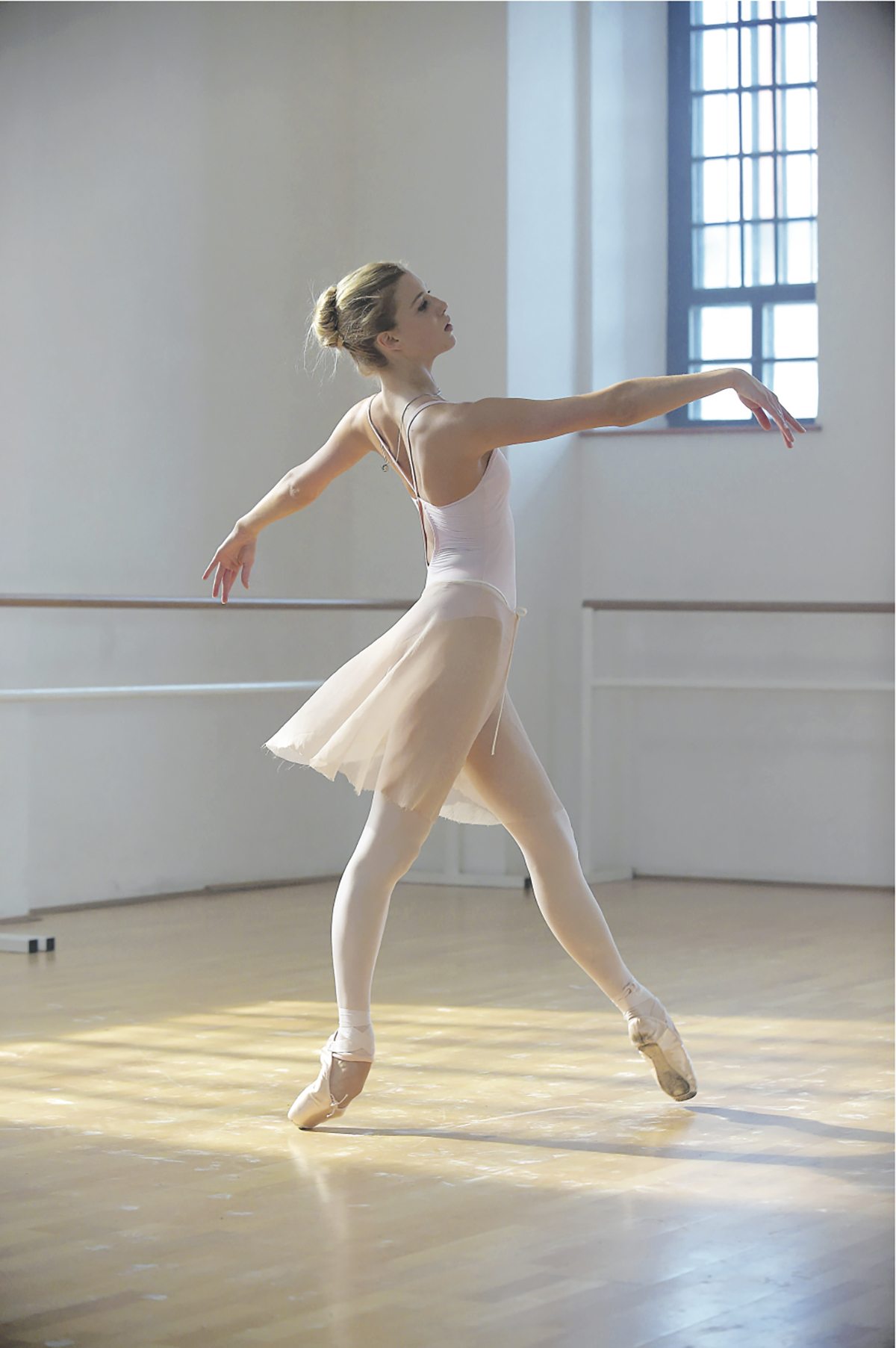
DM: Outside of ballet and acting, what are you most passionate about?
Keenan: I’ve done some work for children with Down syndrome — each time I’ve been completely humbled and inspired by them. Spending time with them puts everything in life in perspective and makes all else seem trivial. I love drawing and painting and playing chess and billiards with my hubby.
DM: We love your style! How would you define your personal style and where do you find fashion inspiration?
Keenan: Ha! Thank you! If you asked most of my friends they’d tell you I dress like a little old man. Half my closet is my grandfather’s old clothes. He was one of my best friends and my idol. He was a tall, lanky Irishman who was also a marine and brilliant nuclear physicist. I love dressing comfortably and think perhaps that ballet has made me look for lines and beautiful silhouettes in clothing rather than popular trends. I hate dressing like people expect me to dress.
DM: What advice would you give to a young dancer who dreams of dancing professionally?
Keenan: I’d say most importantly to block out negativity and to have a clear concrete idea of the dancer you want to become. Ultimately, you become your best and most important teacher. In order to become something you have to visualize it so that you can work to make those needed changes in yourself. It’s so important to educate yourself, to develop a good eye for beautiful, correct technique and then to figure out ways to work towards becoming that. Be honest with yourself, and don’t allow the noise around you to distract you from that!
Ultimately, you become your best and most important teacher.
DM: If there is one thing that you would want someone who has never seen a ballet to know about it, what would it be?
Keenan: I think that good ballet has the ability to really move people in a very profound and powerful way. It’s really encouraging that it’s becoming more and more popular with younger audiences. There are many new and exciting choreographers nowadays with fresh new works — works that are supposedly more appealing for our modern times. However, I’d encourage people to see some of the classics. There is something almost holy about the ballets that have been preserved for over a hundred years and danced by many of the greats. The ballets that tell a story and are set to some of the most breathtaking scores. There are certain ballets that even for me, to this day, will always give me chills and bring tears to my eyes!
We couldn’t agree more, Keenan! To stay updated on what Keenan is doing next, follow her on Facebook and Instagram.
Feature Image via Cloud and Victory – Lenne Chai

